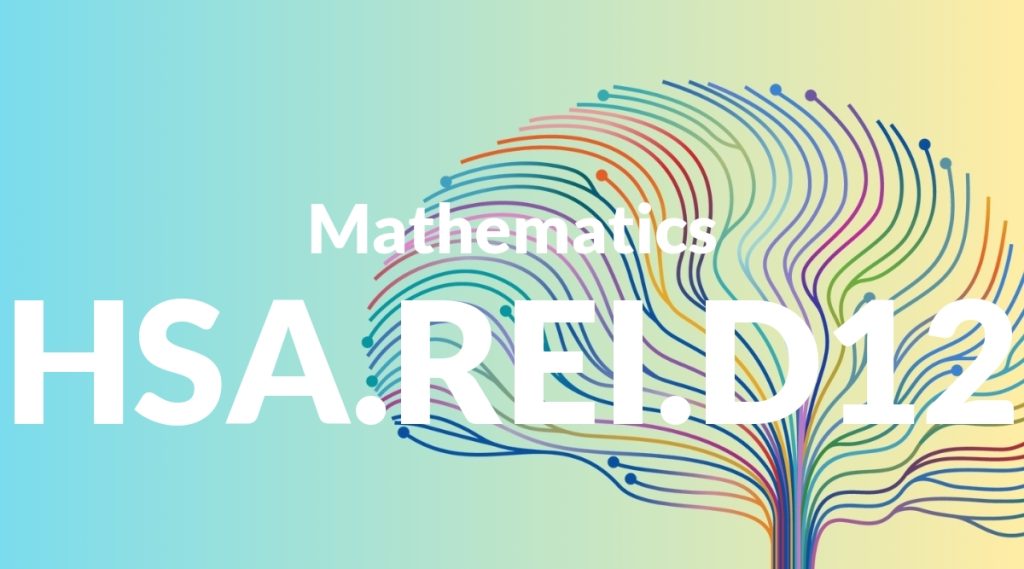Standard: HSA.REI.D12 – Graph the solutions to a linear inequality in two variables as a half-plane (excluding the boundary in the case of a strict inequality), and graph the solution set to a system of linear inequalities in two variables as the intersection of the corresponding half-planes.
Grade level: High School: Algebra
Subject: Mathematics
Domain: Reasoning with Equations & Inequalities
Teacher Overview
This standard requires students to understand and graph solutions to linear inequalities in two variables. It is crucial as it builds foundational skills for solving real-world problems involving constraints and optimization. Ensure students are comfortable with graphing linear equations and understanding inequalities.
After mastering this standard, students will be able to tackle more complex systems of equations and inequalities, which are essential in higher-level math and practical applications.
Common Misconception 1
A common misconception is that the boundary line of a linear inequality is always part of the solution set. This is incorrect for strict inequalities, where the boundary is not included.
Intervention 1
Use graphing tools to visually demonstrate the difference between strict and non-strict inequalities, emphasizing the exclusion of the boundary in strict cases.
Common Misconception 2
Another misconception is that the solution set for a system of inequalities is always a single, contiguous region. However, it can be multiple regions depending on the inequalities.
Intervention 2
Illustrate with varied examples where the solution set consists of multiple regions, helping students visualize and understand the concept better.
Prerequisite Knowledge
Students should have an understanding of graphing linear equations, basic algebraic manipulation, and the concept of inequalities.
Subsequent Knowledge
Students will develop skills in solving more complex systems of equations and inequalities, and apply these skills in calculus and advanced algebra.
Instructional Activities
- Graphing individual linear inequalities on graph paper.
- Using graphing calculators or software to visualize solution sets.
- Solving real-world problems involving constraints and graphing the feasible region.




